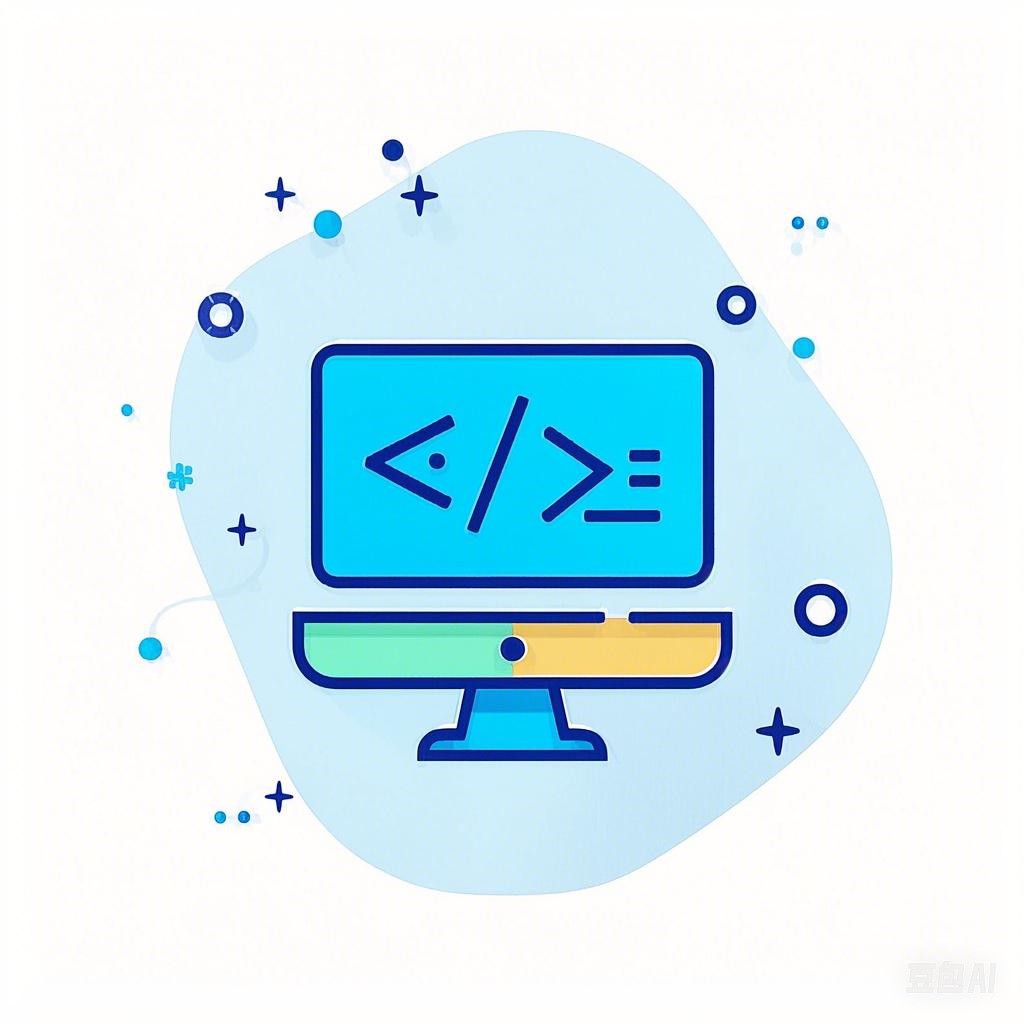引言
C++作为一种强大的编程语言,广泛应用于系统软件、游戏开发、实时系统等领域。它结合了过程式和面向对象的编程特性,使得开发者能够构建出高效、可维护的软件系统。本文将深入探讨C++的面向对象编程(OOP)和可视化编程,并通过实例解析的方式,帮助读者更好地理解和掌握这些概念。
一、面向对象编程概述
1.1 面向对象的基本概念
面向对象编程是一种基于对象和类的编程范式。它将现实世界中的实体抽象为对象,并通过类来定义对象的属性和行为。
- 对象:现实世界中的实体,如人、汽车等。
- 类:对象的模板,定义了对象的属性和行为。
- 属性:对象的特征,如人的姓名、年龄等。
- 方法:对象的行为,如人的走路、说话等。
1.2 面向对象的特点
- 封装:将对象的属性和行为封装在一起,保护对象的内部状态。
- 继承:允许一个类继承另一个类的属性和方法,实现代码复用。
- 多态:允许不同类的对象对同一消息做出不同的响应。
二、可视化编程概述
2.1 可视化编程的基本概念
可视化编程是一种通过图形用户界面(GUI)进行编程的方法。它允许开发者通过拖放控件和编写少量代码来构建应用程序。
2.2 可视化编程的特点
- 直观:通过图形界面进行编程,易于理解和操作。
- 高效:减少代码量,提高开发效率。
- 可维护:易于修改和扩展。
三、面向对象与可视化实例解析
3.1 实例1:计算器程序
3.1.1 需求分析
设计一个简单的计算器程序,实现加、减、乘、除四种基本运算。
3.1.2 设计
- 类:创建一个名为
Calculator的类,包含成员变量和成员函数。 - 成员变量:用于存储计算器的状态,如当前操作数和操作符。
- 成员函数:实现加、减、乘、除四种基本运算。
3.1.3 代码实现
#include <iostream>
#include <string>
class Calculator {
private:
double operand1;
double operand2;
char operator;
public:
Calculator(double operand1, double operand2, char operator) {
this->operand1 = operand1;
this->operand2 = operand2;
this->operator = operator;
}
double calculate() {
switch (operator) {
case '+':
return operand1 + operand2;
case '-':
return operand1 - operand2;
case '*':
return operand1 * operand2;
case '/':
return operand1 / operand2;
default:
throw std::runtime_error("Invalid operator");
}
}
};
int main() {
double operand1, operand2;
char operator;
std::cout << "Enter operand1: ";
std::cin >> operand1;
std::cout << "Enter operand2: ";
std::cin >> operand2;
std::cout << "Enter operator (+, -, *, /): ";
std::cin >> operator;
Calculator calculator(operand1, operand2, operator);
std::cout << "Result: " << calculator.calculate() << std::endl;
return 0;
}
3.2 实例2:绘图程序
3.2.1 需求分析
设计一个简单的绘图程序,实现矩形、圆形、三角形等图形的绘制。
3.2.2 设计
- 类:创建一个名为
Shape的基类,以及Rectangle、Circle、Triangle等派生类。 - 成员函数:实现图形的绘制和属性设置。
3.2.3 代码实现
#include <iostream>
#include <vector>
#include <cmath>
class Shape {
public:
virtual void draw() = 0;
virtual ~Shape() {}
};
class Rectangle : public Shape {
private:
double width;
double height;
public:
Rectangle(double width, double height) : width(width), height(height) {}
void draw() override {
std::cout << "Drawing rectangle with width " << width << " and height " << height << std::endl;
}
};
class Circle : public Shape {
private:
double radius;
public:
Circle(double radius) : radius(radius) {}
void draw() override {
std::cout << "Drawing circle with radius " << radius << std::endl;
}
};
int main() {
std::vector<Shape*> shapes;
shapes.push_back(new Rectangle(3.0, 4.0));
shapes.push_back(new Circle(2.0));
for (Shape* shape : shapes) {
shape->draw();
}
for (Shape* shape : shapes) {
delete shape;
}
return 0;
}
四、总结
本文通过对C++面向对象编程和可视化编程的实例解析,帮助读者更好地理解和掌握这些概念。在实际开发过程中,读者可以根据自己的需求,灵活运用面向对象和可视化编程技术,构建出高效、可维护的软件系统。
